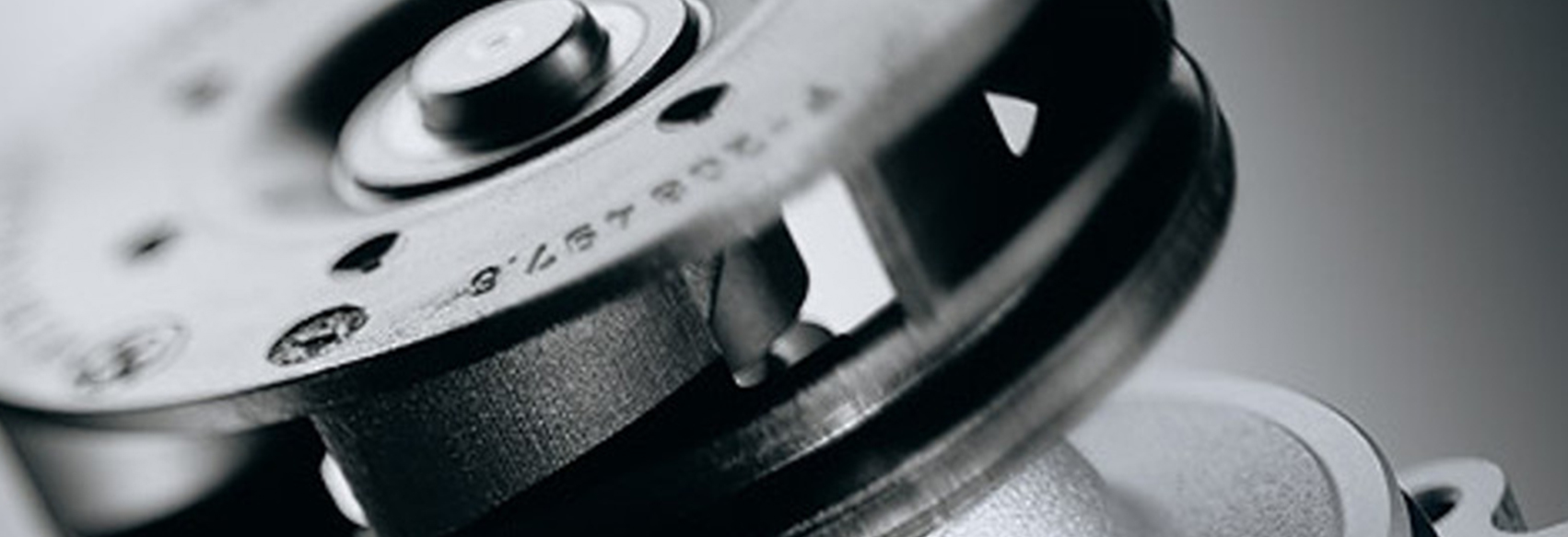How Does an Air Pressure Internal Mounted Zero Positioner Improve System Accuracy?
In pneumatic control systems, maintaining precise valve positioning is critical for operational efficiency and reliability. An air pressure internal mounted zero positioner plays a key role in ensuring accurate zero-point calibration, reducing drift, and improving repeatability. This article explores its function, advantages, and impact on system performance.
1. Understanding the Function of an Internal Mounted Zero Positioner
An air pressure internal mounted zero positioner is a pneumatic device designed to automatically adjust and maintain the zero position of control valves. Unlike externally mounted positioners, it integrates directly into the actuator assembly, minimizing external linkages and potential mechanical errors.
Key functions include:
- Zero-point calibration: Ensures the valve returns to a precise neutral position when no control signal is applied.
- Drift compensation: Adjusts for minor pressure fluctuations that could affect valve positioning.
- Stability enhancement: Reduces hysteresis and improves response consistency.
By maintaining a reliable reference point, the positioner helps prevent misalignment and unintended valve movements, which are common sources of inefficiency in pneumatic systems.
2. Advantages of Air Pressure-Based Zero Positioning
Using air pressure for zero positioning offers several benefits over mechanical or electronic alternatives:
| Feature | Benefit |
|---|---|
| Pneumatic feedback | Self-regulating, no external power required |
| Compact integration | Reduced space requirements and fewer leak points |
| Minimal wear | No mechanical linkages to degrade over time |
| Consistent repeatability | Maintains accuracy despite pressure variations |
Additionally, since the system relies on air pressure rather than electrical signals, it is inherently safe for use in hazardous environments where sparks or electronic interference could pose risks.
3. Installation and Integration in Pneumatic Systems
Proper installation is crucial for optimal performance. The air pressure internal mounted zero positioner is typically mounted inside the actuator, requiring:
- Correct alignment with the valve stem to ensure accurate feedback.
- Secure air supply connections to prevent leaks that could affect calibration.
- Compatibility checks with the actuator type (e.g., diaphragm, piston).
Best practices include:
- Conducting initial calibration under no-load conditions.
- Periodically verifying zero position to account for system aging.
- Ensuring clean, dry air supply to prevent contamination.
4. Applications and Industry Use Cases
The air pressure internal mounted zero positioner is widely used in industries requiring precise flow control, such as:
- Process automation (chemical, oil & gas) – Ensures consistent valve positioning for accurate dosing and mixing.
- HVAC systems – Maintains stable pressure regulation in large-scale air handling units.
- Water treatment – Provides reliable shut-off and modulation in control valves.
Its ability to operate without external power makes it particularly useful in remote or explosion-prone areas where electronic devices may not be suitable.
An air pressure internal mounted zero positioner enhances system accuracy by providing stable, self-adjusting zero-point calibration. Its integration within the actuator reduces mechanical complexity while improving reliability and repeatability. For industries dependent on precise pneumatic control, this component offers a robust solution for maintaining long-term performance.

- How is a table mounted zero locator calibrated for optimal performance?
- What are the common failure modes of a thread built-in mounting zero positioner?
- How can zero point positioning system manufacturers be combined with CNC machining centers to adapt to heavy-duty workpieces?
- What is the recommended installation procedure to ensure built-in type no leakage effectiveness?
-
What are the common failure modes of a thread built-in mounting zero positioner?The thread built-in mounting zero positioner is a crucial component in modern industrial machinery, precision instruments, and automation systems. Its primary function is to maintain accurate alignmen...Read More
-
How can zero point positioning system manufacturers be combined with CNC machining centers to adapt to heavy-duty workpieces?When the zero point positioning system is combined with a CNC machining center to adapt to heavy workpieces, stable machining needs to be achieved through high load-bearing design, precision positioni...Read More
-
What is the recommended installation procedure to ensure built-in type no leakage effectiveness?Ensuring the effectiveness of built-in type no leakage is critical in maintaining the integrity and safety of fluid and gas systems across various industrial and residential applications. Improper ins...Read More
-
What is the role of zero point positioning system in modern intelligent production and processing?The zero point positioning system plays a crucial role in modern intelligent manufacturing. Through core capabilities such as high-precision positioning, rapid replacement, and automated integration, ...Read More
-
What are the differences between slip-on and weld-neck flange type no leakage?Flange connections play a critical role in industrial piping systems, ensuring the safe and reliable transfer of fluids and gases. Among the various types of flanges available, flange type no leakage ...Read More

 English
English русский
русский Español
Español 简体中文
简体中文